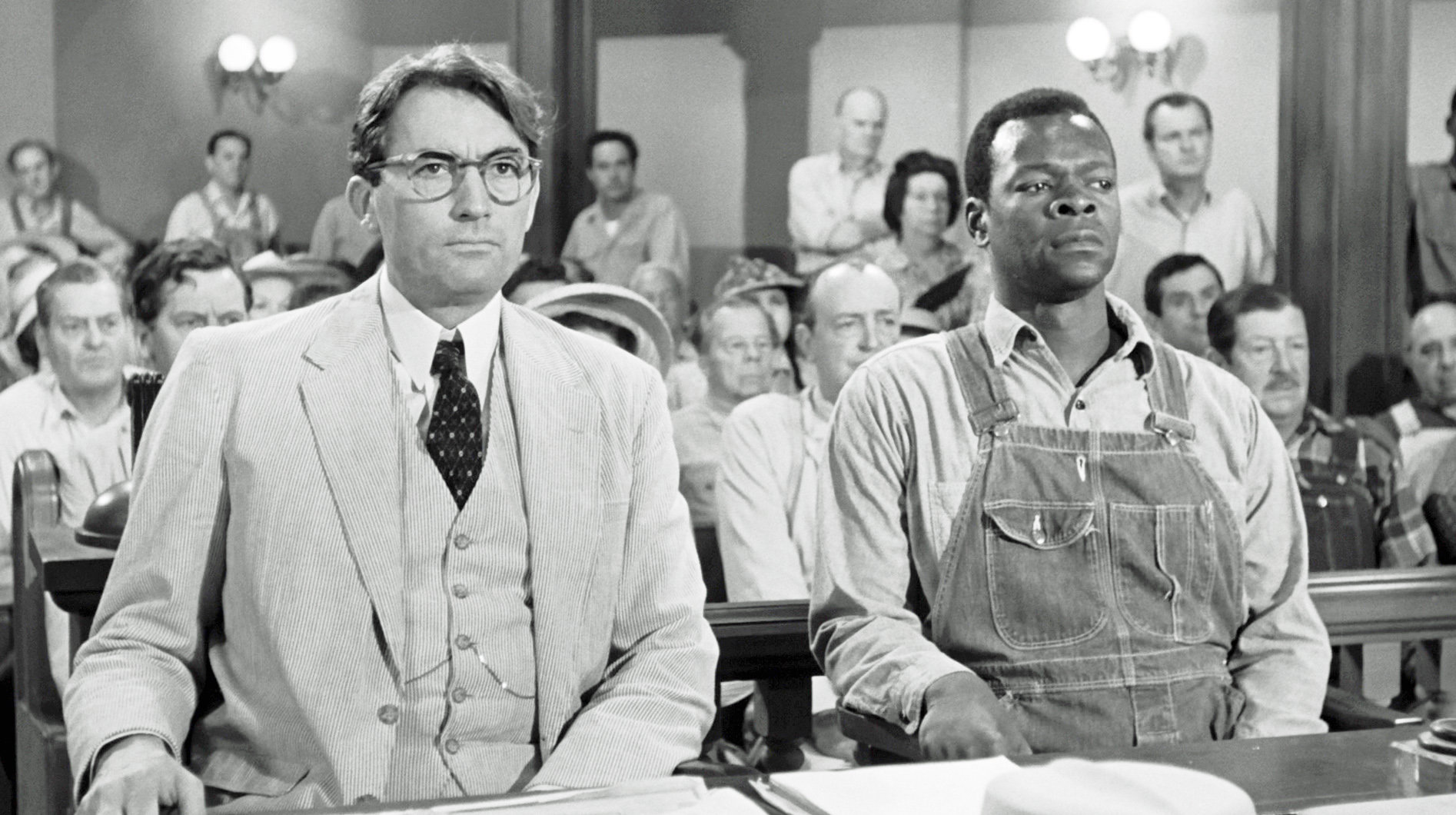To Kill a Mockingbird (Classics Week)
You never really understand a person until you consider things from his point of view… Until you climb inside of his skin and walk around in it.

To mark the fifth day of Classics Week, I will discuss Harper Lee’s acclaimed novel To Kill a Mockingbird. The response and accolades of this book really speak for itself - Pulitzer Prize, Presidential Medal of Freedom, Paperback of the Year with a total of over 30 million copies sold. It follows the protagonist Jean Louise “Scout” Finch, in 1930s rural Maycomb, Alabama, as she grows up in a world divided by race and morality. Lee uses this youthful perspective to display themes of prejudice, honesty, and courage.
The premise of the book follows an upstanding “colored” man accused of raping a white woman and the trial that follows this case. Lee creates very strong archetypal characters to portray different acts of courage. The family’s neighbor LuBose demonstrates courage as she battles an illness. Scout’s father Atticus demonstrates it when he stands up to defend Tom with his lawyer career on the line. Scout displays it numerous times being able to hold her moral values despite what others believe and push onto her. These acts often felt small, but served as very powerful moments in the book.
This book doesn’t just teach right from wrong - Lee presents the coexistence of good and evil in us all. It shows that we can’t just put people in neat little boxes. There’s so much to unpack in this book, and I’m sure others could have a completely different interpretation of it than me. To me, the rawness of the characters, the idea that not everyone is kind at heart, and the idea to persevere through trials, really show the incomprehensible equations of religion, class, language, and race.
